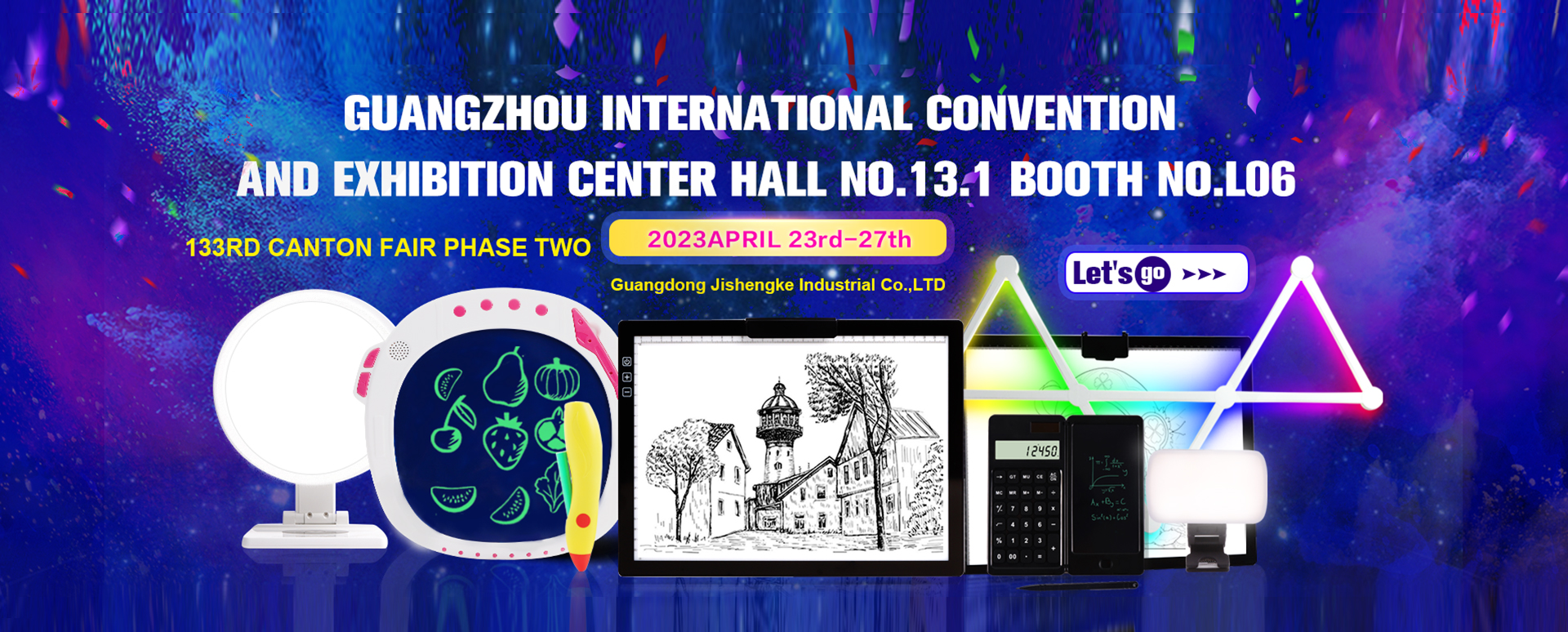LED, light-emitting diode, is a solid-state semiconductor device that can convert electrical energy into visible light, which can directly convert electricity into light. The heart of the LED is a semiconductor chip, one end of the chip is attached to a bracket, one end is the negative electrode, and the other end is connected to the positive electrode of the power supply, so that the entire chip is encapsulated by epoxy resin.
A semiconductor wafer consists of two parts, one is a p-type semiconductor, in which holes dominate, and the other end is an N-type semiconductor, where electrons are mainly. But when the two semiconductors are connected, a P-N junction is formed between them. When the current acts on the wafer through the wire, the electrons will be pushed to the P region, where the electrons and holes recombine, and then emit energy in the form of photons, which is the principle of LED light. The wavelength of light, which is also the color of light, is determined by the material that forms the P-N junction.

When were LED lights invented?
The story of Edison's invention of the incandescent lamp is almost familiar to everyone, so familiar that it lacks freshness. Edison's incandescent lamp has dominated the world for more than a hundred years after monochrome, and what is sought after by people in contemporary times is the rookie of electric light source - LED lamp. This is a word we often see, meaning "light-emitting diode lamp", its birth, and a twists and turns legend. Who would have thought that the new light source of Wanzhongshumu has been abandoned several times by people?

In 1907, when British physicist HJ. Round was studying silicon carbide crystals, he accidentally discovered that silicon carbide would emit a dim yellow light when an electric current was passed through it. The tungsten filament lamp invented by Edison can emit light because the current generates extremely high heat when passing through the hook wire, and the temperature can reach more than 2000 degrees Celsius; when the tungsten wire is in a high temperature incandescent state, it emits light like red-hot iron. Come. From here we can understand that the tungsten filament lamp has two very fatal shortcomings: First, its energy utilization rate is not high. Light is only a "by-product" when the hook wire is heated, and most of the electrical energy is consumed by the heat; secondly, the high temperature will continuously evaporate the hook atoms on the hook wire, and the life of the incandescent lamp will be very short. The principle of silicon carbide light emission is completely different: due to a special physical structure, electrons can directly excite light, skipping the "high temperature" step.









